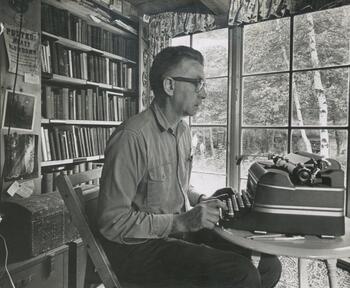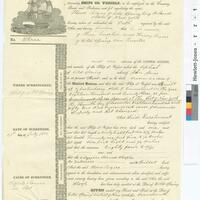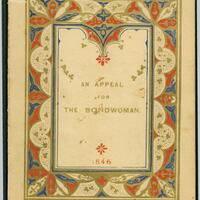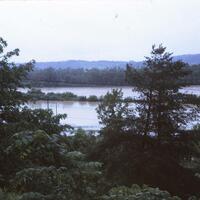John S. Apperson Jr. and Paul Schaefer, two prolific pioneers of grassroots conservation activism in the United States, focused their conservation activities on the Adirondack region of New York State. Much of their work influenced and impacted the national dialogue about protecting the environment and the growing conservation movement. John S. Apperson, or “Appy” as he was known to his friends, was a Virginia transplant who relocated to Schenectady, New York as an engineer working for the General Electric Company from 1901 to 1947. Apperson’s true avocation, however, was his fierce protection of the Adirondacks and Lake George region; he spent many years educating the public on the disastrous and wide‐reaching effects of erosion and water pollution in particular. To develop his powerful message, Apperson used photography skills to inform the public about the inherent value of the wilderness and its need for long‐term protection. Apperson also founded conservation organizations that promoted his environmental causes to public officials and influential groups. An influential figure in the introduction of skiing and other winter sports to the US, Apperson also formed outdoor clubs that hosted social activities. These actions helped him meet and befriend a new generation of conservationists who also wanted to help promote his causes. One such new‐generation conservationist was Paul Schaefer. In 1931 Schaefer, along with others from the Mohawk Valley Hiking Club, met Apperson because of their interest in learning about the region. Schaefer noted that Apperson would “tell them what this conservation thing was all about”. Apperson, an adept mentor, quickly took Schaefer under his wing, and a lifelong friendship was formed. Paul Schaefer, a house builder and long‐time Schenectady area resident, already had a deep love for the wilderness. Forced to leave school at the age of 14, he was an avid reader and consumed books on the Adirondacks. This included exploring the spiritual and philosophical connection between humans and the wilderness through writers such as Burroughs, Emerson, Thoreau, and Muir. Working with Apperson ignited a fire within Schaefer that burned for the rest of his life. From the 1930s until his death in 1996 Schaefer grew into one of the foremost conservationists and defenders of the environment in New York. As a recipient of multiple awards and accolades for his commitment to advocating for the environment, Schaefer also actively participated in creating the Federal Wilderness Act of 1964. In 1979 Schaefer transformed his large personal library of Adirondack books and archival collections into the Adirondack Research Center, to make it publically accessible to all. Today, this collection is referred to as the Adirondack Research Library, held by Union College at the Kelly Adirondack Center.




